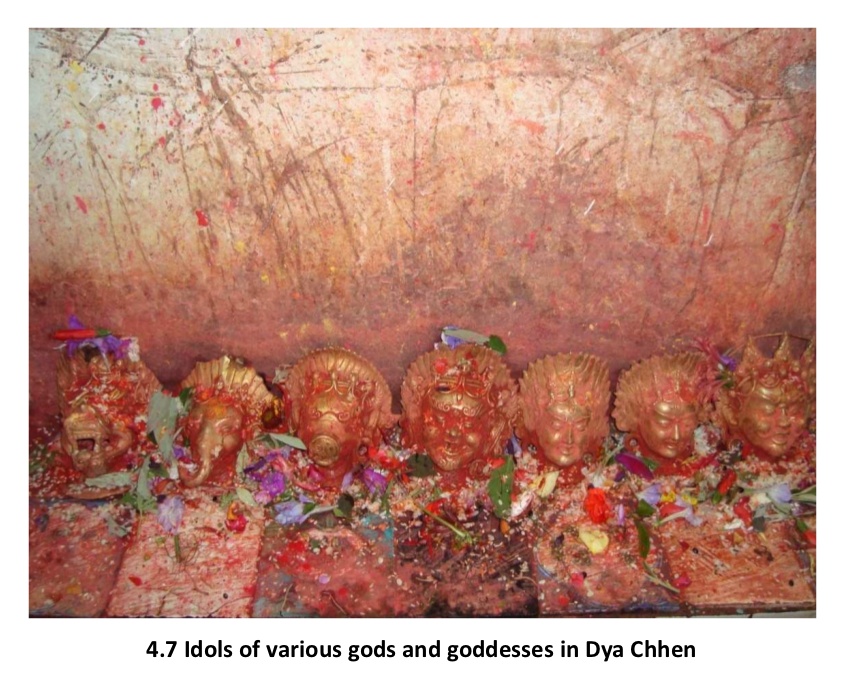Tina Manandhar. 2014. ‘Digu pūjā: lineage god worship. A cultural study of the Kathmandu city’. PhD diss., Tribhuvan University. 238 pp., 29 illustrations. [repo – NB: is currently misconfigured] [PDF]
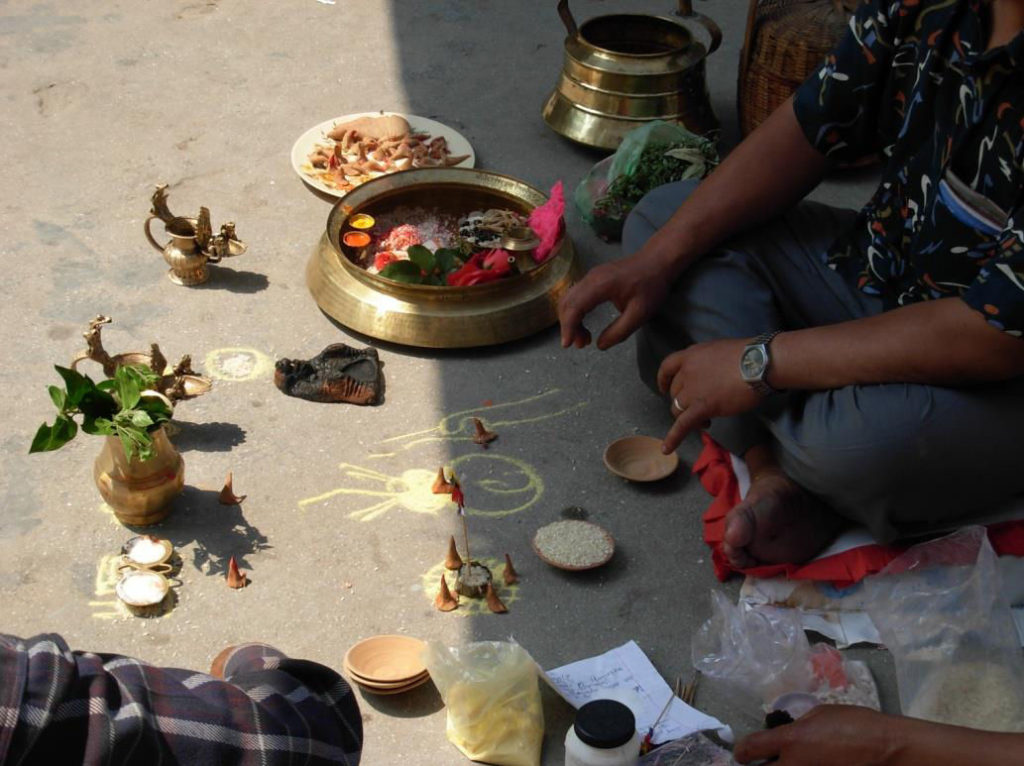
Andrea Wollein. 2017. ‘An ethnographic study of the Mūl Dīpaṅkara shrine in Bhaktapur (Nepal): the relationship between people and place’. University of Vienna: M.A. thesis (Masterstudium Kultur u. Gesellschaft des neuzeitlichen Südasiens). 189 pp., 87 figures. URN: nbn:at:at-ubw:1-20536.38953.228466-1 [official notice] [author: facebook]
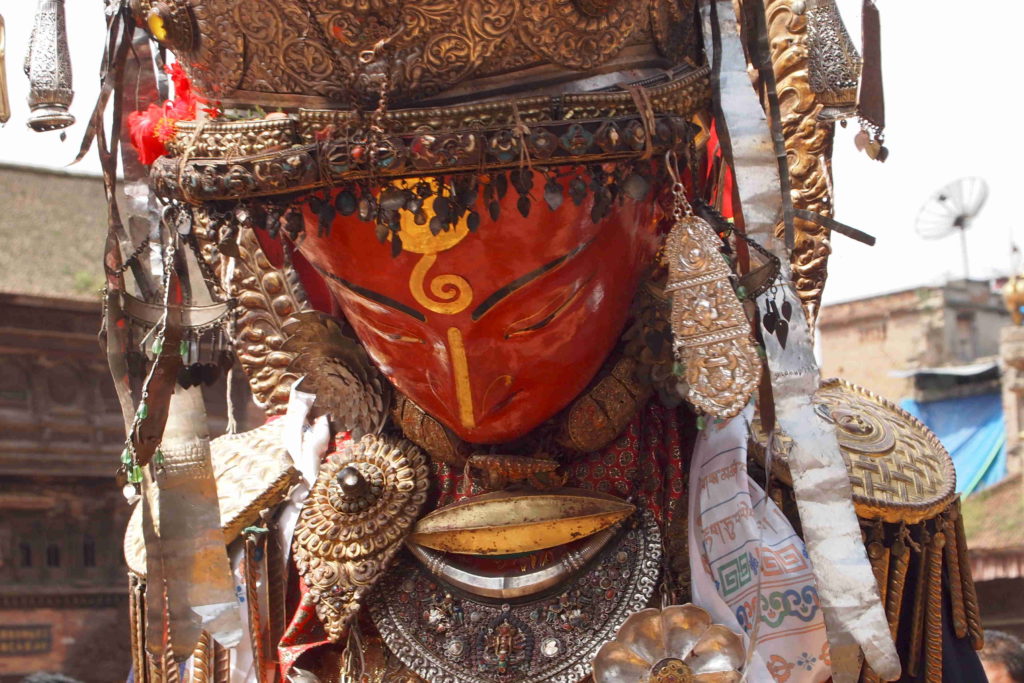
Abstract: This thesis presents locality specific research in the form of an ethnography that draws both from fieldwork and published scholarly literature. The inter-disciplinary research is contextualized within the wider field of South Asian Studies and pertains to Himalayan, Buddhist and Newar Studies as well as to Tibetology. It is specifically concerned with the socioreligious dimension of Newar Buddhist monasteries (Skrt. vihāra, New. bāhā and bahī), the Buddhist deity Dīpaṅkara and the configuration of the relationship between the two of them as found in the setting of the Mūl Dīpaṅkara shrine in Bhaktapur. Continue reading “Wollein (2017), The Mūl Dīpaṅkara shrine”
Chudal, Alaka Atreya. 2015. ‘Rahul Sankrityayan and the Buddhism of Nepal’. European Bulletin of Himalayan Research 46, pp. 62–87. [PDF]
Related: Chudal, Alaka Atreya. 2016. A Freethinking Cultural Nationalist: A Life History of Rahul Sankrityayan. Delhi: OUP. 340 pp. ISBN 9780199466870. ₹950. [official site]
Bühnemann, Gudrun. 2017. ‘Churned from the Milk Ocean, Invoked into a Skull-Cup: The Goddess Vāruṇī in Nepal’. Berliner Indologische Studien/Berlin Indological Studies 23 pp. 215–264. [academia.edu]
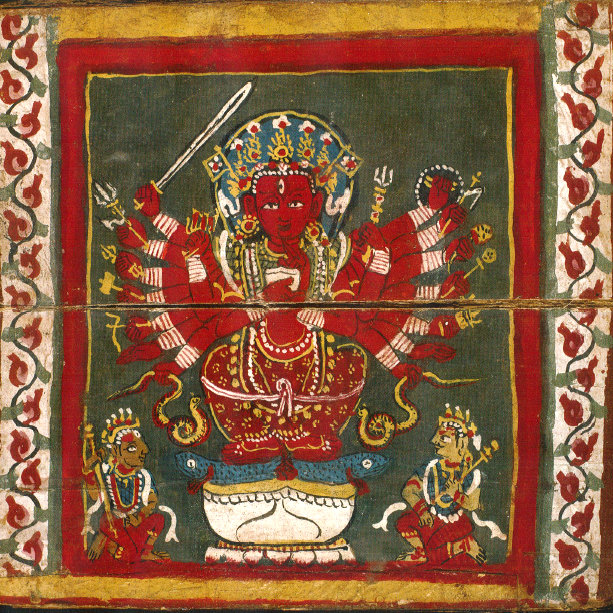
Acri, Andrea (ed). 2016. Esoteric Buddhism in Mediaeval Maritime Asia: Networks of Masters, Texts, Icons. Nalanda-Sriwijaya Series 27. Singapore: ISEAS – Yusof Ishak Institute. xii+468 pp. ISBN: 978-981-4695-09-1 (whole book, digital), ISBN 978-981-4695-08-4 (print). [PDF: Introduction, Bibliography, Index]
Official site: ISEAS. OCLC: 958714872. TOC: Andrea Acri at academia.edu. Review: newbooks.asia
Contents Continue reading “Acri ed. (2016), Esoteric Buddhism in Mediaeval Maritime Asia”
Robson, Stuart (ed & tr). 2016. The Kakawin Ghaṭotkacāśraya by Mpu Panuluh. Javanese Studies: Contributions to the Study of Javanese Literature, Culture and History 3. Tokyo: Research Institute for Languages and Cultures of Asia and Africa, Tokyo University of Foreign Studies. x+332 pp. ISBN: 978-4-86337-224-5.
Handle: http://hdl.handle.net/20.500.11755/4282fb9a-29bb-4b73-9096-ed859e84fd5a. OCLC: 953238178
Bühnemann, Gudrun. 2015. Śākyamuni’s Return Journey to Lumbinī ( lumbinīyātrā ): A Study of a Popular Theme in Newar Buddhist Art and Literature. Bhairawaha, Nepal: Lumbini International Research Institute. 108 pp. ISBN: 978-9937-2-9462-1
OCLC: 922971246. Vendor: amazon.com.
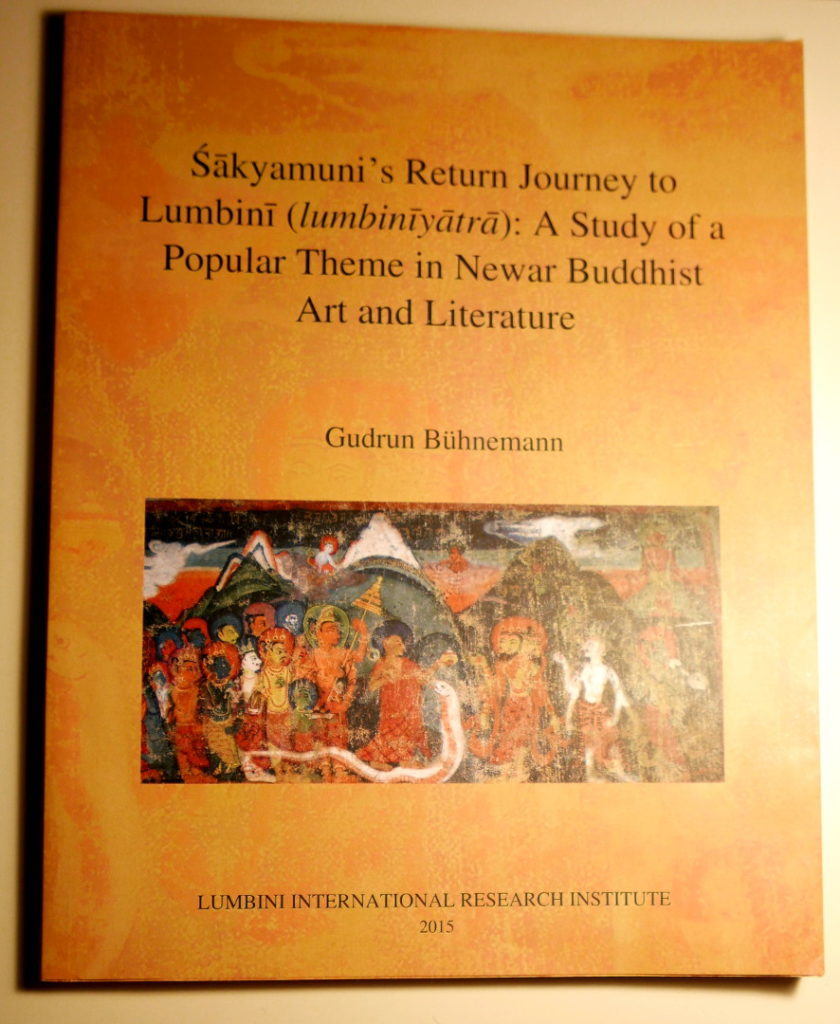
Continue reading “Bühnemann (2015), Śākyamuni’s Return Journey to Lumbinī (lumbinīyātrā)”
Ian W. Mabbett (ed). Prācyaprajñāpradīpa: Professor Dr Samaresh Bandyopadhyay Felicitation Volume on Early Indian History and Culture. Franklin, Tennessee: NIOS (North American Institute for Oriental and Classical Studies) and International Forum for Felicitating Professor Dr. Samaresh Bandyopadhyay. 2012. xxii+584 pp. ISBN 978-0-9848617-0-1. Rs 2500 / USD$70.
The volume contains (in Part 1 with 3 sections) a compendium of information about the career and scholarly achievements of Professor Dr. Samaresh Bandyopadhyay along with a large number of tributes written by people who have benefited from their association with him, and also (in Part 2) an exceptional collection of learned research articles; these have been written in his honour by many who have been impressed and inspired by his scholarship and personality, and they mirror the great depth and the diversity of his own research interests. […]
PART II: Research Papers on Early Indian History and Culture
Continue reading “Mabbett (2012, ed.), Prācyaprajñāpradīpa”
Nepal has earthquakes; Java has volcanoes; the United Kingdom has dreary weather. Is there a geographic correlation between religiosity and catastrophe?
Jeanet Sinding Bentzen. ‘Origins of Religiousness: The Role of Natural Disasters’. University of Copenhagen Department of Economics Discussion Paper 13-02, 2013. [official site / PDF]
[…] Natural disasters are a source for adverse life events, and thus one way to interpret my findings is by way of religious coping. The results are robust to various measures of religiousness, and to inclusion of country fixed effects, income, education, demographics, religious denominations, and other climatic and geographic features. The results hold within Christianity, Islam and Buddhism, and across continents. […]
Niraj Dangol. ‘Sana Guthi and the Newars: impacts of modernization on traditional social organizations’. Universitetet i Tromsø: Mastergradsoppgave, 2010. [URI / PDF]
“Guthi, the traditional social organization, can be classified into various categories according to their functionalities among which, Sana Guthi is regarded most popular and the important one. Among the various functions performed by the Sana Guthi, death rituals are regarded extremely important from religious as well as social point of view. […] In this study, two of such festivals conducted by Shree Bhairabnath Ta: Guthi of Panga have been studied in details.”
